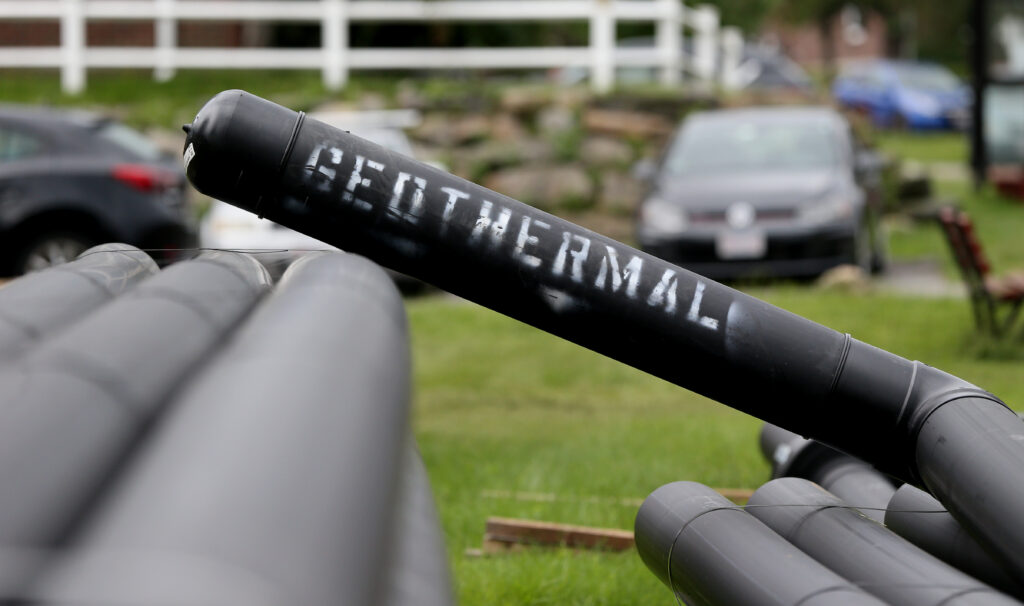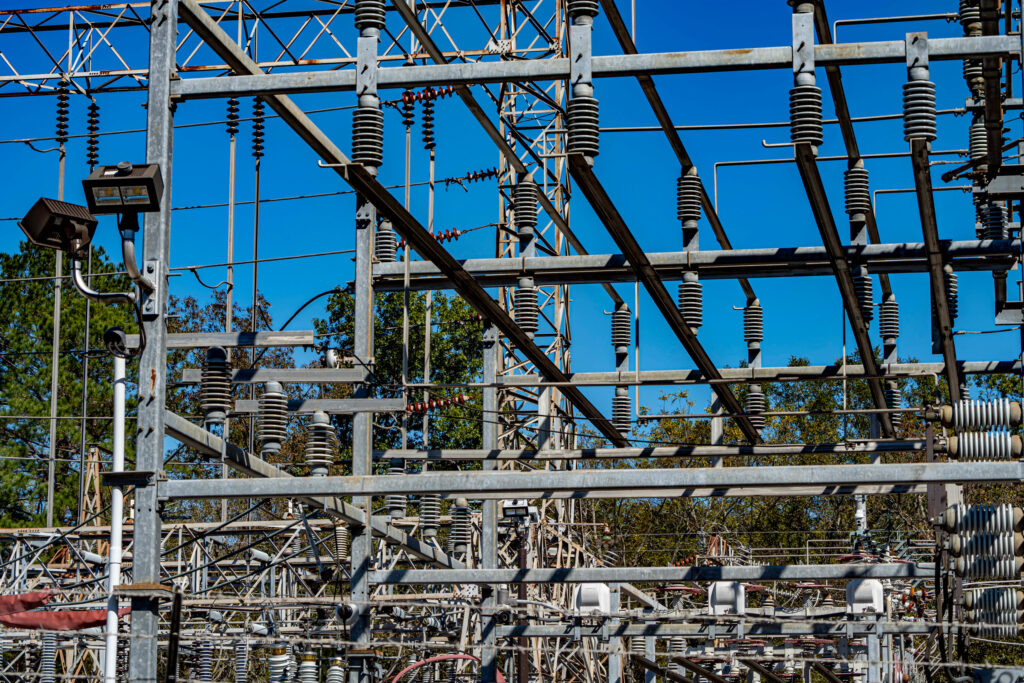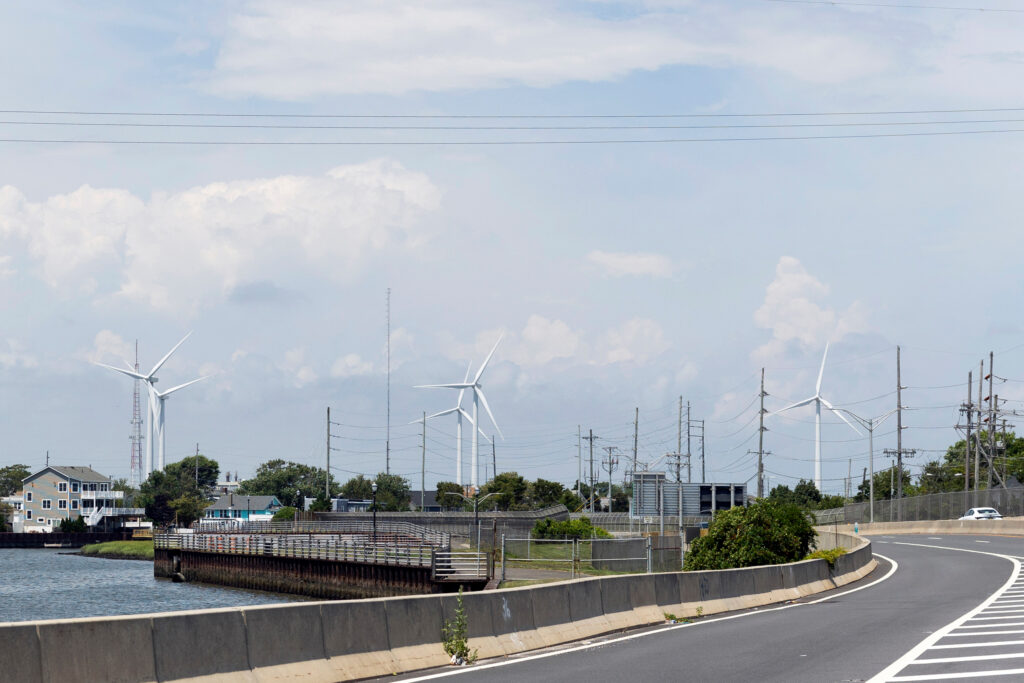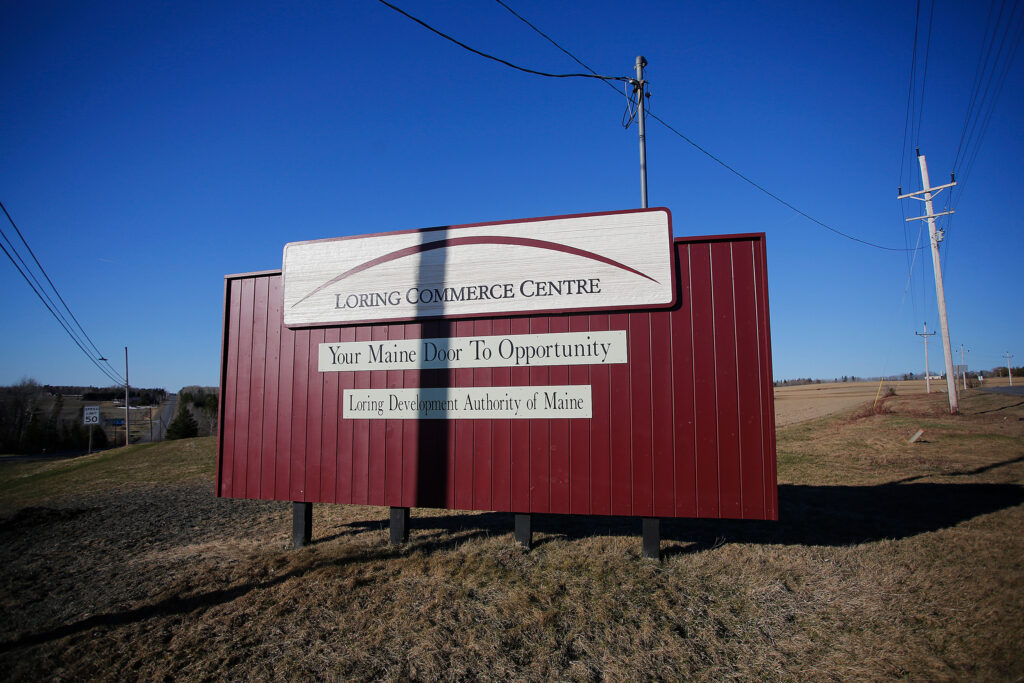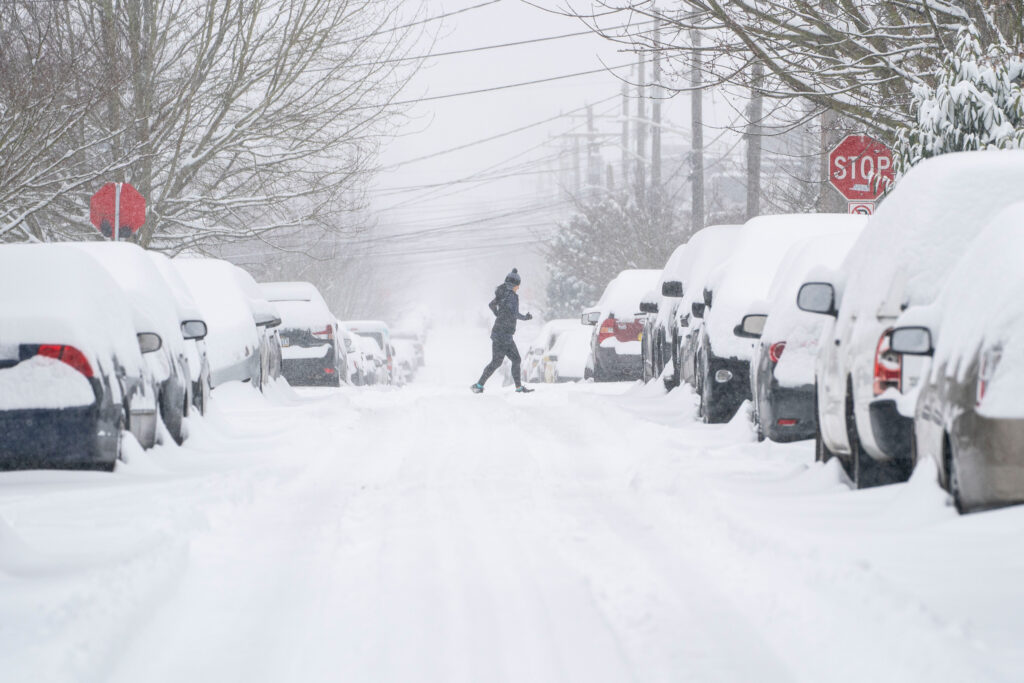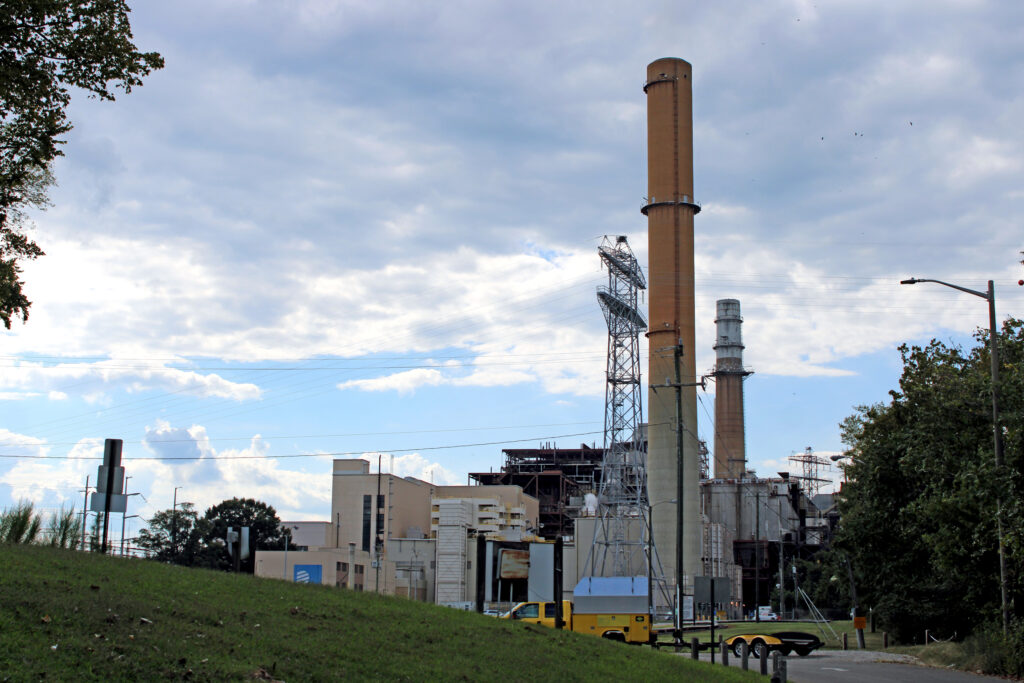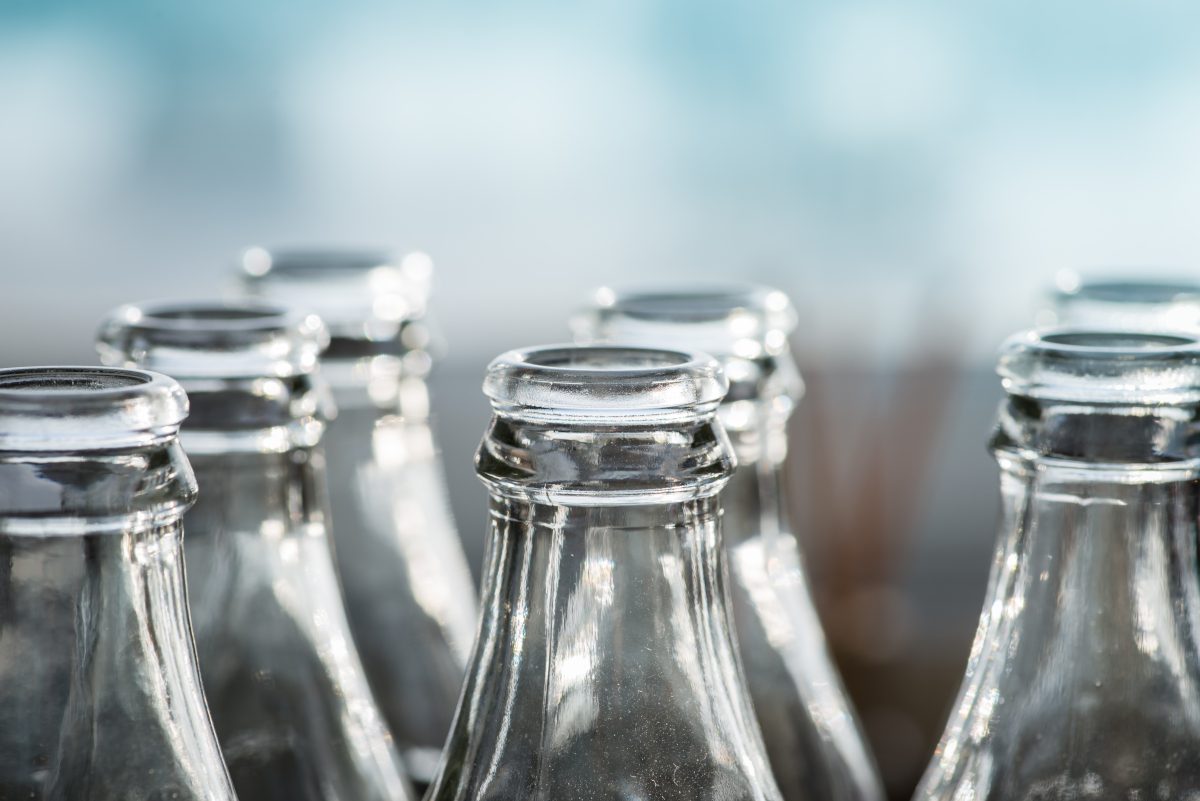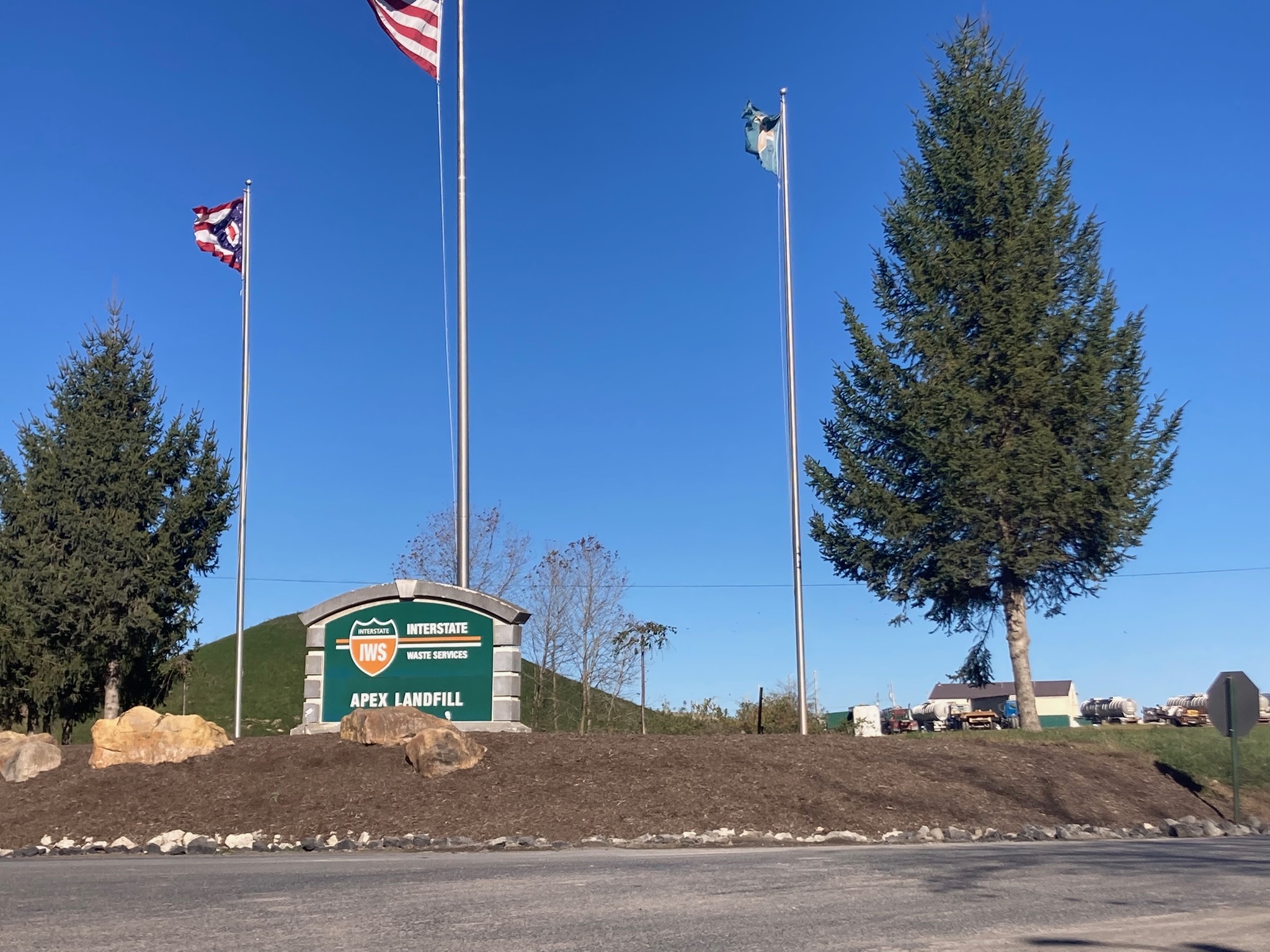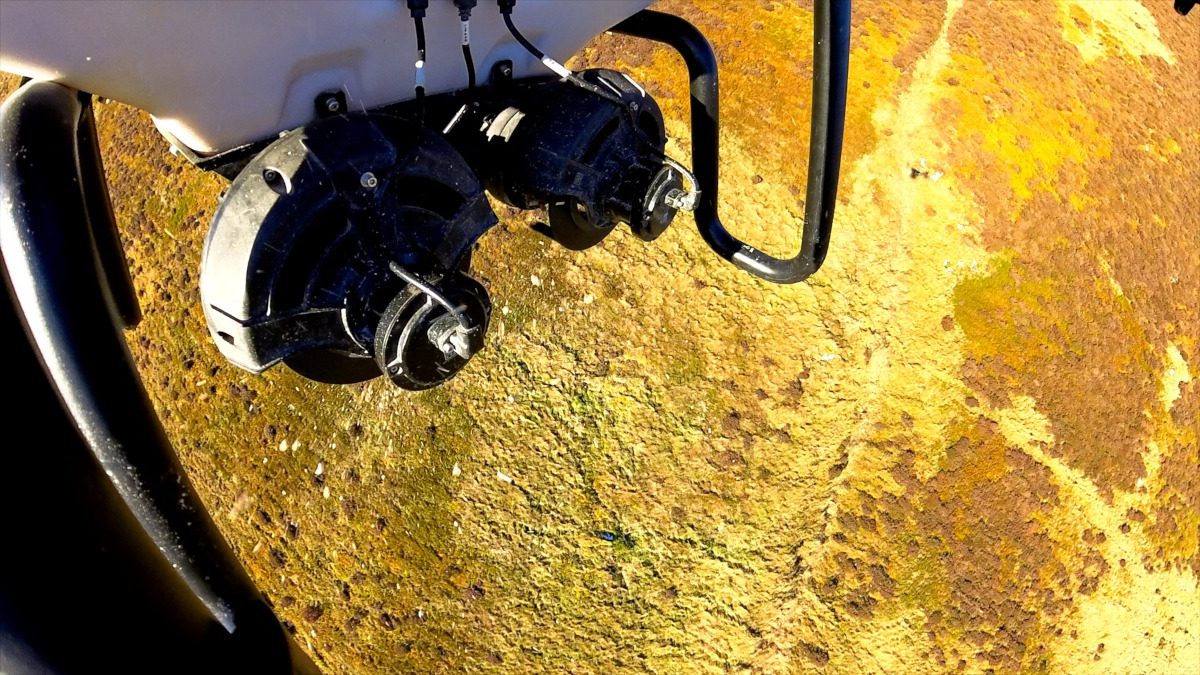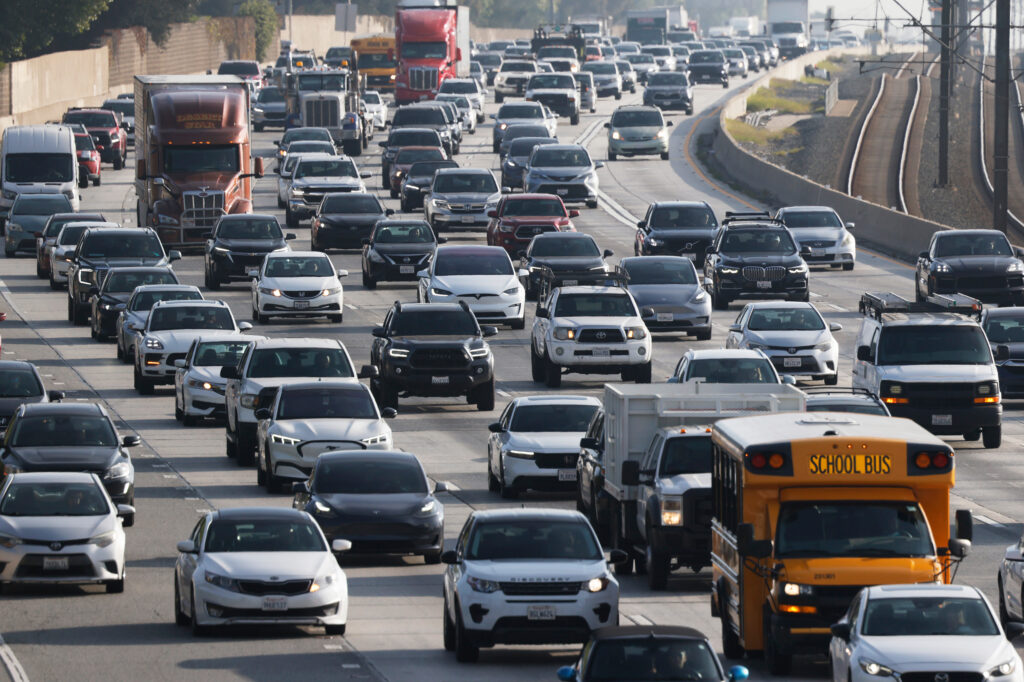Michigan could soon host the United States’ first commercial small modular nuclear reactors—essentially mini nuclear plants with simpler and more compact designs that proponents say could shorten construction timelines and cut costs.
Two SMRs are set to begin operations in 2030 in Covert Township, on Lake Michigan about 36 miles north of the Indiana border. If approved by the Nuclear Regulatory Commission, they will be built alongside the Palisades nuclear plant—initially set for retirement in 2022, but now scheduled to resume operations this fall under its new owner, Holtec International. Last week, the U.S. Department of Energy released a $57 million loan for the plant’s restarts.
So far, Holtec has completed environmental studies and selected a location for the reactors but is still awaiting the go-ahead from the NRC to begin construction.
We’re hiring!
Please take a look at the new openings in our newsroom.
See jobs
The project “will help meet growing demand for reliable, clean energy, while also creating hundreds of permanent high-paying jobs, bolstering American manufacturing, and growing the regional tax base,” Holtec wrote in a press release, calling Southwest Michigan “ground zero for America’s nuclear renaissance.”
The company also announced an expanded partnership with Hyundai Engineering and Construction to build a 10-gigawatt fleet of SMRs in North America through the 2030s. Already, Holtec has plans to build four units in New Jersey and is in early design review stages for SMRs in the United Kingdom and Canada.
Why Build SMRs?
Supporters of nuclear power note that it is a far cleaner source of electricity than fossil fuels like gas and coal, since it produces no carbon emissions. “If you want more clean sources of generation, nuclear reactors are a great candidate for that,” said Michael Craig, assistant professor in energy systems at the University of Michigan.
But there are numerous complicating factors. Full-scale nuclear power plants can take decades to complete, racking up high costs. SMRs offer a potential solution, with smaller parts that could be mass-produced.
To build equipment for its SMRs, Holtec built a dedicated manufacturing facility in Camden, New Jersey. But to accomplish price reductions on a wider scale, the U.S. will need to build out supply chains that don’t yet exist. Current cost estimates for SMRs are “optimistic,” Craig said.

Holtec’s SMR-300s, each with the capacity to produce 300 megawatts—enough to power 300,000 homes—is supported by a $116 million award from the Department of Energy. Holtec and the DOE have emphasized safety features, namely that the reactors and spent fuel canisters are located underground, where they’re shielded from weather events and any human intervention.
While typical nuclear plants rely on electrical power to cool their reactors, the SMR-300 depends only on gravity to distribute cooling fluid. In the case of an extreme environmental event, the reactors could cool themselves without a power supply and without plant operators taking any action, according to Holtec. But SMRs are so new that robust data on their safety is lacking, the Natural Resources Defense Council noted in a brief.
Evaluating Environmental Impact
In a draft environmental assessment, the NRC concluded that building SMRs “would not have significant cumulative effects” on the surrounding environment, including on air quality, ground water, local ecology, animal habitats and aquatic resources. The assessment does add, however, that, “SMR operation could generate additional vapor plumes if the proposed SMR technology requires building additional cooling towers.”
The Environmental Law & Policy Center, which works across the Midwest, is calling on the NRC to study the environmental and public health impacts of adding SMRs to the Palisades plant. A handful of anti-nuclear groups have demanded a more thorough environmental assessment of the plant’s restart.


Like all nuclear reactors, SMRs produce radioactive waste that takes tens of thousands of years to break down. At Palisades and nuclear plants across the country, that waste is stored on site. Spent fuel from Holtec’s SMRs will be stored underground for the service life of the reactors—around 80 to 100 years.
But after that, it will need a long-term storage solution. Federal authorities have attempted to create a permanent national disposal site, but efforts stalled over a decade ago. The Supreme Court is expected to decide in June whether Texas could serve as a temporary disposal site.
Still a New Technology
There are two SMRs operating globally, one in China and another in Russia. In the United States, only two companies, NuScale Power Corp. and Natura Resources, have received federal permits to build SMRs. NuScale cancelled its plans to build an SMR in Utah after it didn’t receive enough subscriptions from utilities. Natura plans to launch a test reactor in Texas in 2027.
Major tech companies, including Amazon, Microsoft, Google and Meta, are looking to SMRs as a low-carbon way to meet their rising power needs. Globally, 31 countries have pledged to triple nuclear power capacity by 2050. The Trump administration has also shown support for nuclear, including SMRs. Last month, DOE Secretary Chris Wright visited East Tennessee, where the Tennessee Valley Authority plans to build two SMRs.
This story is funded by readers like you.
Our nonprofit newsroom provides award-winning climate coverage free of charge and advertising. We rely on donations from readers like you to keep going. Please donate now to support our work.
Donate Now
“The shift in acceptance of nuclear reflects the realization that rapid, deep decarbonization, especially in hard to abate areas such as industry, will not be possible without a significant increase in nuclear capacity,” said Rafael Mariano Grossi, director general of the International Atomic Energy Agency, in a 2024 report.
The agency projects nuclear electric generating capacity to more than double by 2050, with half of that coming from SMRs—particularly because they can be built in remote areas with smaller grids.
“While SMRs have the theoretical potential to provide steady, low-carbon energy, the future of this technology still remains unclear,” said Matthew McKinzie, senior director for data and policy analysis at the Natural Resources Defense Council. “My position on SMRs is one of skepticism, seeing the need for more real-world experience and advising caution before committing significant resources to this technology.”
If approved, Holtec’s project could set an example for others in the country and beyond, “unlocking opportunities worldwide,” Holtec said. But in communities surrounding the Palisades plant, support has been mixed.
“I’m very much opposed,” said Michael Keegan, co-chair of Don’t Waste Michigan, a group that intervened in the Palisades restart. As the first SMR to operate in the country, “The quality assurance is not there,” he said. “It’s a very risky proposition and the risk is incurred by the public, be it financial, health or environmental.” Keegan said he would rather see the funds be used for renewable energy options like solar, wind and geothermal.
The Covert Township board voted unanimously in support of Palisades’ repowering, but has not yet commented on the addition of two SMRs. In December, the Board of Commissioners in Van Buren County, Michigan, passed a resolution supporting the SMRs, citing job creation and carbon-free energy.
Daywi Cook, the Covert Township board supervisor, said the board needs more information on how the new reactors will impact jobs, housing and taxes before it can put forth a resolution supporting the project.
Being the first in the U.S. to potentially host SMRs is both “exciting and scary,” Cook said. “If all goes well, this is a really great opportunity for energy solutions globally,” she said. “But it is uncharted territory. So we are cautiously optimistic.”
About This Story
Perhaps you noticed: This story, like all the news we publish, is free to read. That’s because Inside Climate News is a 501c3 nonprofit organization. We do not charge a subscription fee, lock our news behind a paywall, or clutter our website with ads. We make our news on climate and the environment freely available to you and anyone who wants it.
That’s not all. We also share our news for free with scores of other media organizations around the country. Many of them can’t afford to do environmental journalism of their own. We’ve built bureaus from coast to coast to report local stories, collaborate with local newsrooms and co-publish articles so that this vital work is shared as widely as possible.
Two of us launched ICN in 2007. Six years later we earned a Pulitzer Prize for National Reporting, and now we run the oldest and largest dedicated climate newsroom in the nation. We tell the story in all its complexity. We hold polluters accountable. We expose environmental injustice. We debunk misinformation. We scrutinize solutions and inspire action.
Donations from readers like you fund every aspect of what we do. If you don’t already, will you support our ongoing work, our reporting on the biggest crisis facing our planet, and help us reach even more readers in more places?
Please take a moment to make a tax-deductible donation. Every one of them makes a difference.
Thank you,







